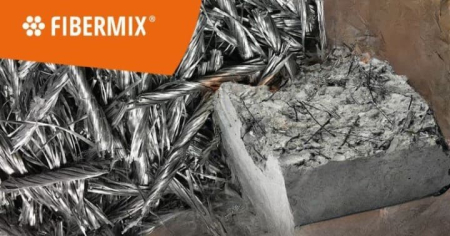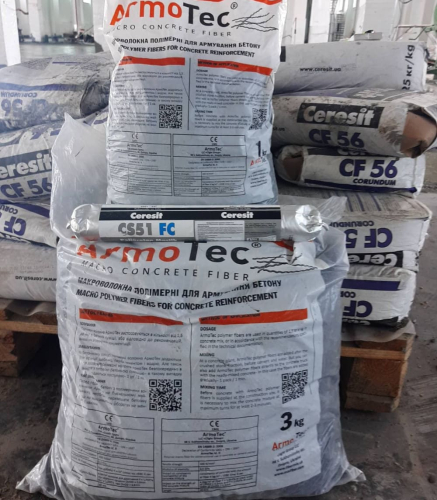
Comparison of steel and synthetic macrofiber for concrete
31/03/21
Steel fiber in concrete
Some historical documents suggest that steel fiber was patented in 1918 in France, while the second claim that 25 years later in the UK. The fact that the use of steel fiber is already about 100 years old is unchanged. Concrete with steel fiber is called stalefibrobetona or fiber concrete.
Of synthetic fibers most suitable for working in concrete polypropylene fiber. Polypropylene – absolutely resistant to aggressive alkaline environment based on cement.
The search for new materials for concrete reinforcement was dictated by the shortcomings of steel fiber.
With the best indicators of tensile strength, metal fiber has disadvantages, namely:
- corrosion (corrosion of steel fiber leads to its destruction, as well as to corrosion of concrete);
- high specific gravity (when vibrating the mixture, the steel fiber falls into the lower part of the concrete cake, thereby leveling its force effect on the entire volume of concrete);
- even a few protruding steel fibers on the concrete surface represent danger during its operation;
- during shock and vibration loads, dense steel (7.8) enhances destructive vibrations in concrete, and synthetic – absorbs;
- logistic costs are several times higher in comparison with synthetic (the ratio of the specific gravity is 8.5 times), that is, when pouring 10,000 m2, either 30-37 tons of steel or 5-6 tons of synthetic should be delivered to the object;
- when pumping pumps steel fibers lead to faster wear of equipment;
- when comparing the same power loads carried by synthetic or steel fibers in concrete, the latter are 40-50% more expensive.
Recommended products
 |  |
| Armotec Fibre | Macrofiber PolyMesh |